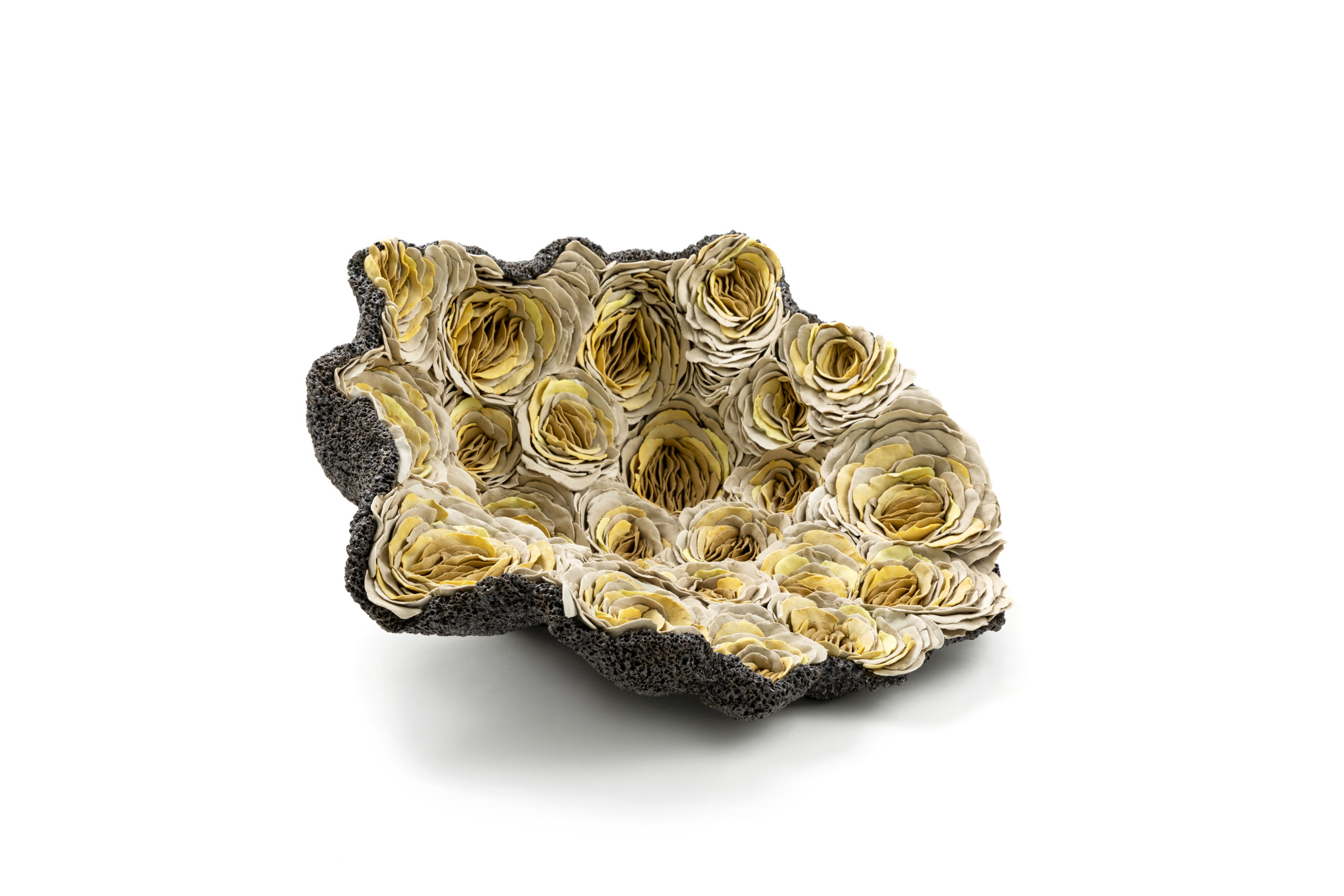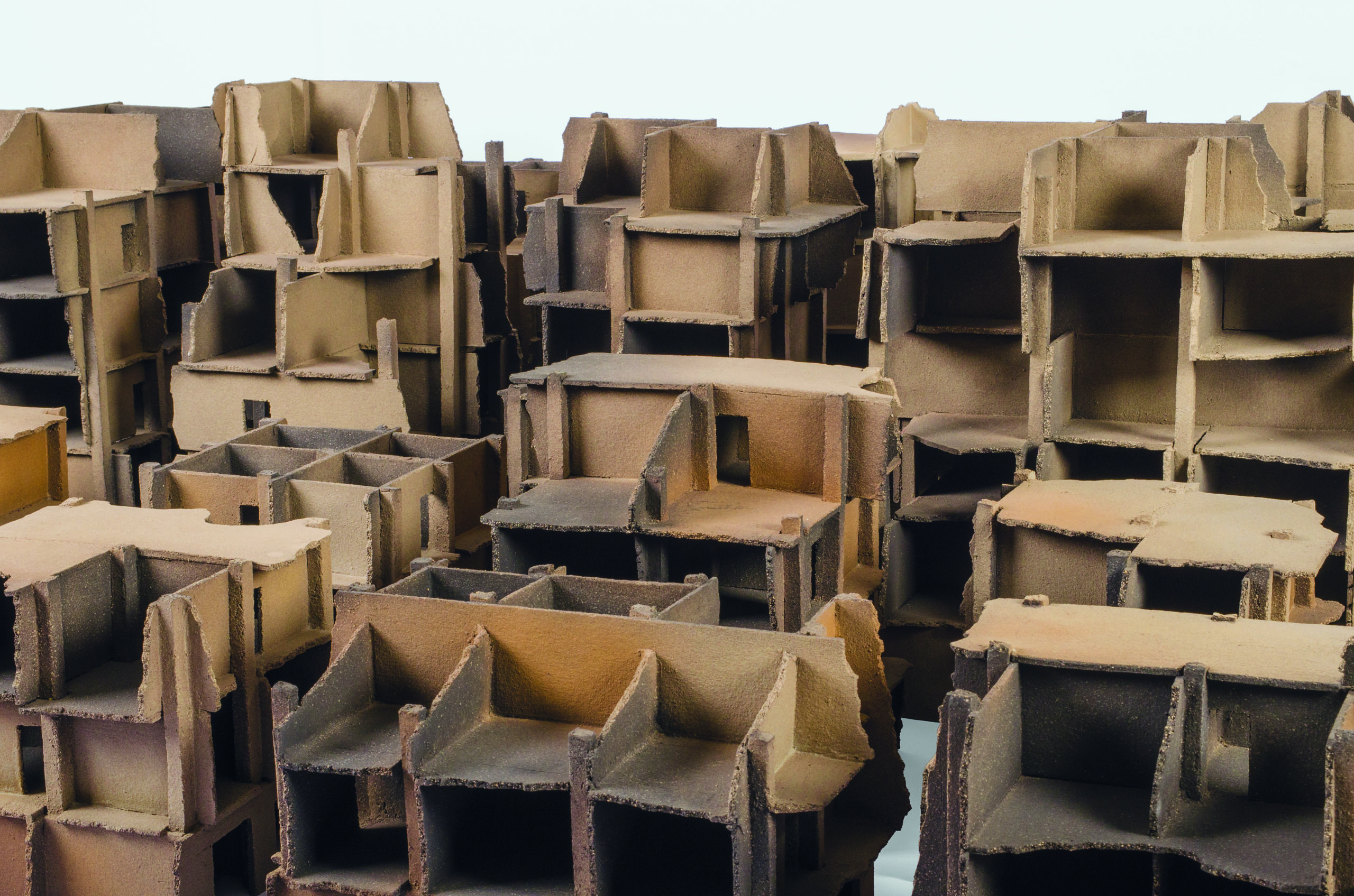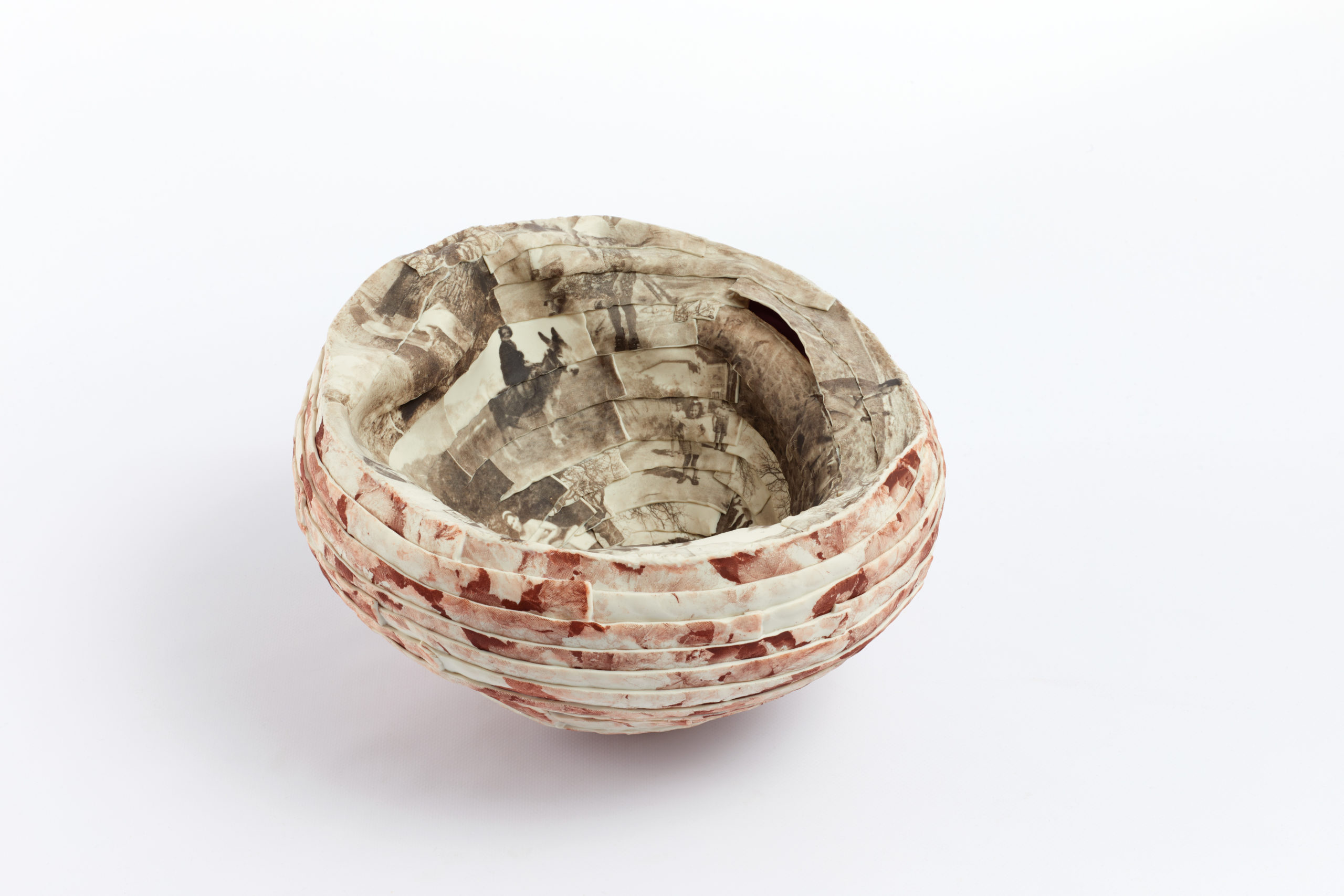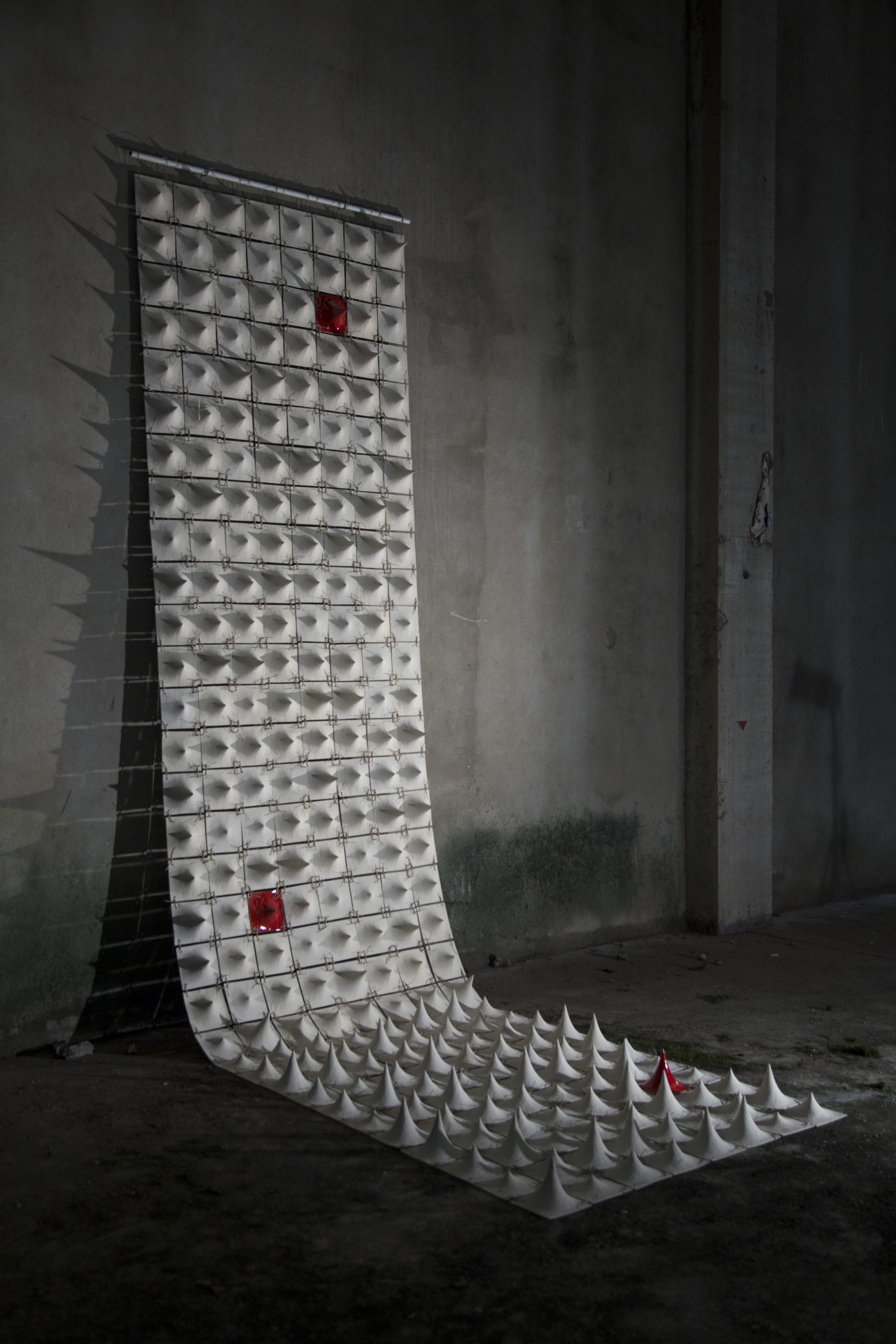Municipality of Aveiro
The oldest known mention of Aveiro dates from 26th January 959, however, it was during the 13th Century that the references to Aveiro multiplied, always connected with the maritime activities that stimulated the growth of the region. The prosperity of the region called the attention of the court and it was given, in 1434, by D. Duarte, the privilege of organizing a yearly fair that reached our days, still taking place in March. In 1472, the Princess Joana, daughter of D. Afonso V, came to Aveiro to spend her life in Jesus’ Convent, deceasing in 1490 and becoming Aveiro’s patron saint, celebrated on the 12th of May, a municipal holiday.
The rich cultural heritage is allied with the natural heritage, which give Aveiro unique characteristics and that highlight the city in the national cultural and touristic context. The Aveiro’s lagoon, a singular natural resource, exemplifies the symbiosis between water and city, with the presence of typical boats called moliceiros and, also, the existence of millenary salting-pans that take advantage of the sea water and of the clayish soils.
In terms of architecture, the city is renowned for its Art Nouveau buildings, for the Art Déco presence, for the Modernism and, also, for the contemporary University campus, with buildings designed by the most well-known Portuguese architects, such as Siza Vieira and Souto Moura. In several of the city buildings the presence of tiles is notorious, and also of the 19th Century ceramic industry. This ceramic tradition is still present in Aveiro, through industry, research (Aveiro’s University) and also potters and craftsmen.
The Municipality of Aveiro has a total area of 199,7 km2 of which around 135 km2 belongs to the urban perimeter, with a total resident population of 78 450 (2011). Aveiro is a dynamic medium size city that offers its inhabitants much of what big city life has, but without the urban chaos and without diminishing the quality of life. The focal point of an industrially developed region, Aveiro today is also a city of commerce and services and a growing centre of leisure and culture offering cinema, theatre, music, arts, sport and night life and an internationally renowned University.
The Aveiro Museums are comprised of the Aveiro Museum / Santa Joana Museum, the City Museum, the Art Nouveau Museum and of the Troncalhada Saltpan Ecomuseum, which act as a multicentre territory museum and that are managed through the municipality. The museum’s objective is to study all aspects of the city of Aveiro in a diachronic fashion and to present it to the public through educational services activities, exhibitions and specialized guided tours that include the city. The Aveiro’s Museums also house an extensive ceramic collection, from historical and archaeological ceramic and contemporary artistic ceramic works. The Municipality organises the Contemporary Ceramics Biennale since 1989.
Info
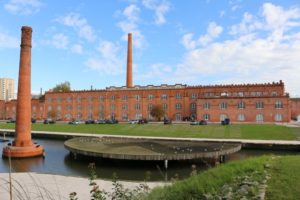
Municipality of Aveiro
Activité
Musée
Pays, région
Portugal
Site web
https://bienalceramicaaveiro.pt/en/program-2023/
Biographie
Aveiro_Introduction
Documents
Biennial_2019
Biennial_2021
Biennial_program_2019
Biennial_program_2021

